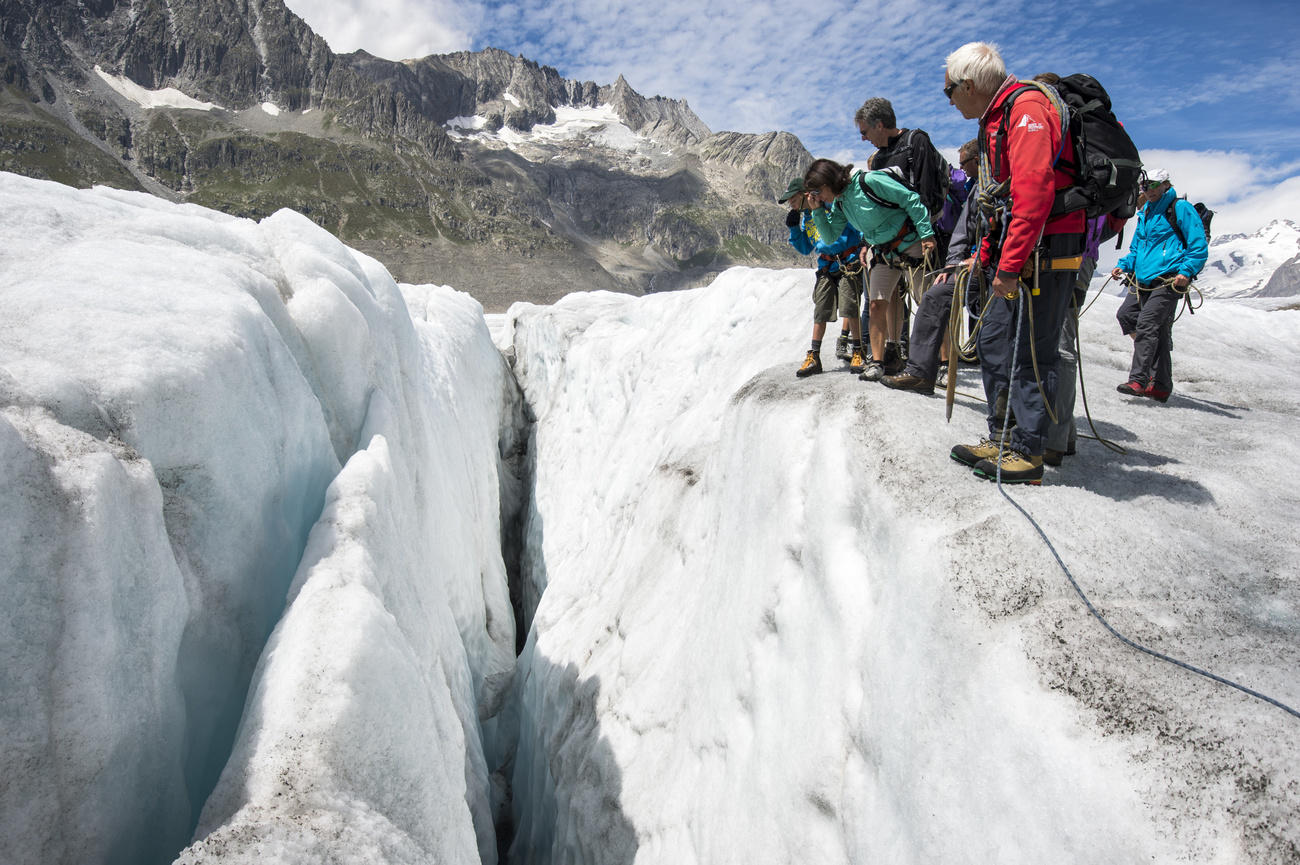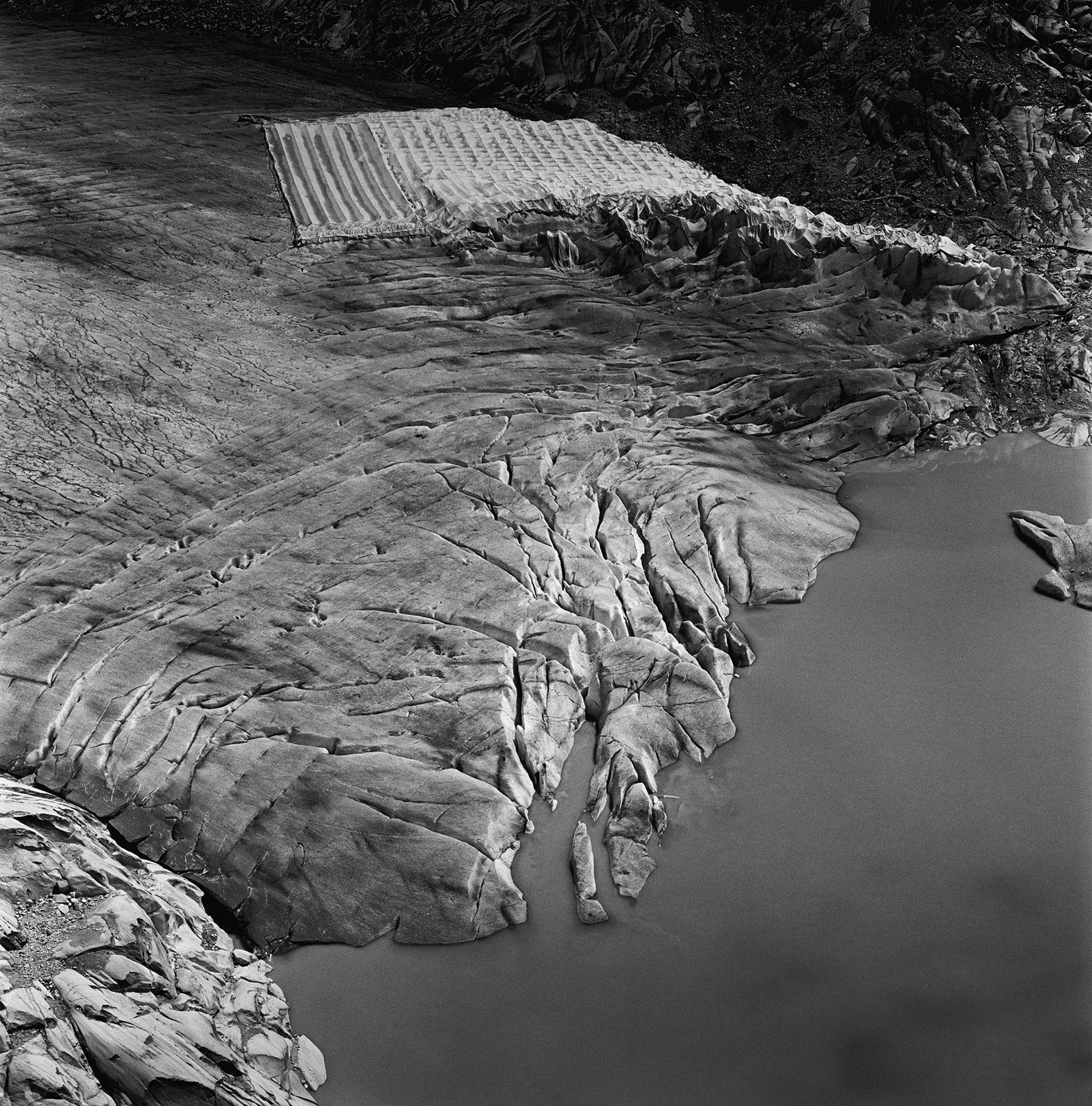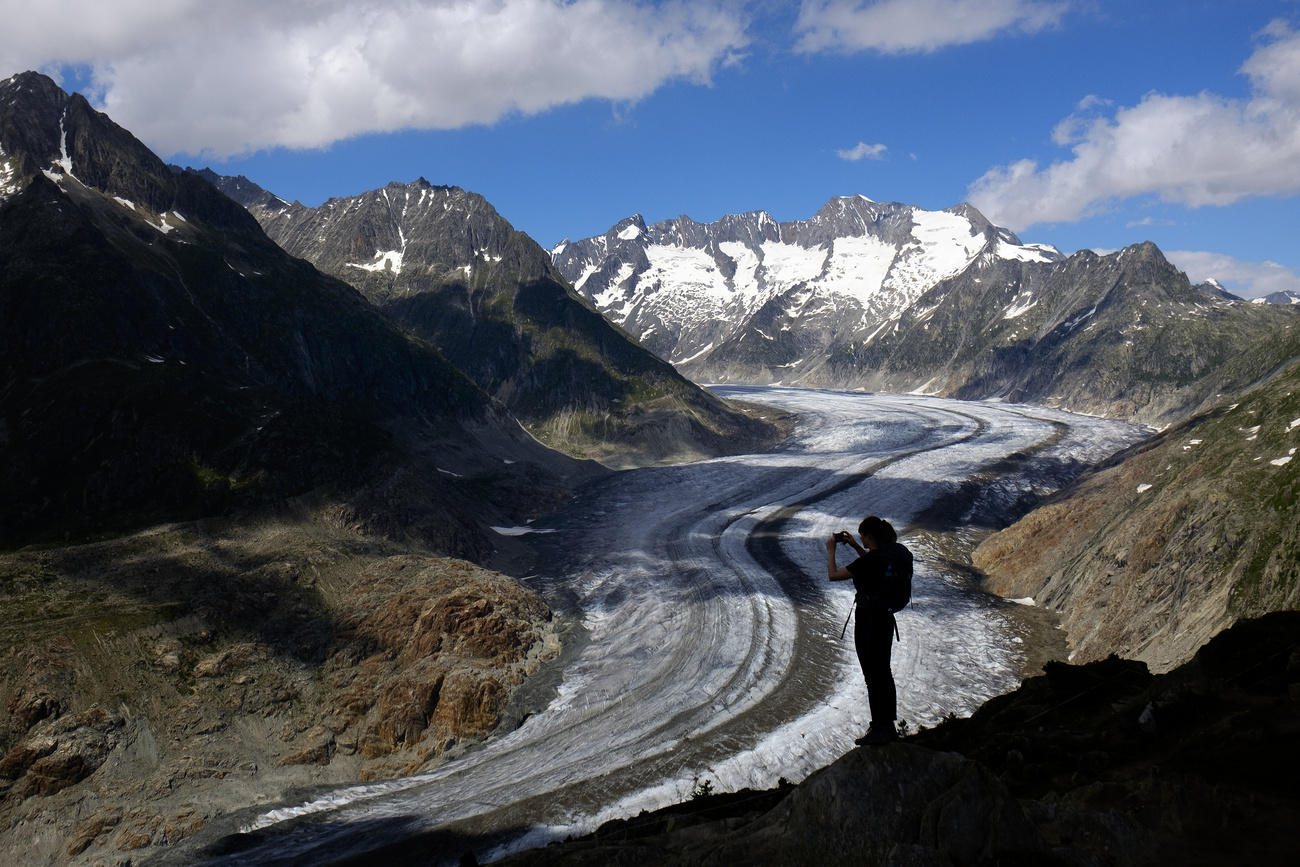
Studying the new viruses that emerge from melting ice

Could melting ice release potentially harmful bacteria and viruses into the atmosphere? Researchers have identified about a thousand micro-organisms – many of them unknown until now – in permafrost in the Swiss Alps.
One of the obvious lessons of the Covid-19 pandemic is that technological and medical progress has not eliminated the fact that humans remain extremely vulnerable to as yet unknown pathogenic agents.
While we are still trying to find the exact origin of SARS-CoV-2, researchers from around the world are warning that a new potential health threat could be hiding not in animals or laboratories, but under the ice.
Due to rising temperatures and increased usage of the subsoil, old micro-organisms trapped in ice and permafrost – the layer of ground that is permanently frozen – could be released into the air and reactivated, with unknown consequences.
This is not science-fiction. In 2016, on the Yamal peninsula in Siberia, a boy died due to an anthrax infection. According to researchers, the bacteria had survived in the carcass of an infected deer who had died 75 years before; after a heatwave, the permafrost that had housed the animal had melted, releasing spores into the atmosphere.
A similar case was reported in 2007, when a group of scientists discovered traces of Spanish flu in bodies that had been buried in a mass grave in Alaska. Between 1918 and 1919, this flu strain had killed tens of millions of people worldwide.
Ice can also preserve completely unknown agentsExternal link. For example, in ice cores collected on the Tibetan plateau, US and Chinese researchers found 33 viruses, the majority of which had been buried for thousands of years and which were as yet unknown.

More
Glaciers frozen in time
“This is one of the questions we are trying to answer,” says Beat Frey of the Swiss Federal Institute for Forest, Snow and Landscape Research WSLExternal link. Frey leads a projectExternal link which, for the first time, aims to study microscopic forms of life in the permafrost in the Alps, the Arctic, and the Antarctic.
“We found that these organisms have a particular metabolism and cellular structure, which can be active at low temperatures,” Frey tells swissinfo.ch. “However, most of them are asleep. The big question is what happens when they wake up, due to climate change, for example”.
In 2005, scientists from NASA succeeded in “resuscitating” bacteria which had been trapped in ice in Alaska for 32,000 years. A dozen years later, so-called “giant” viruses, which had spent 30,000 years under the ice of the Siberian tundra, were reactivated.
In Switzerland, permafrost exists above 2,500 metres of altitude, and covers some 5% of the country’s surface area. “In the Alpine permafrost, we have found bacteria, mushrooms, yeasts, and viruses. Around half of them also exist elsewhere in the world; one-third are unknown,” says Frey, who adds that he is astonished by how much diversity survives in the difficult conditions.
The anthrax case in Siberia shows that this is a possibility, says Frey. But it’s also “the great unknown” – there are simply so many viruses that we don’t know about.
Jean-Michel Claverie from the University of Aix-Marseille in France, another expert on the issue, also says infectious pathogenic viruses – including those that have provoked epidemics in the past – could be in lower layers of permafrost. Mining and drilling activities could reveal these layers, with potentially disastrous consequences.
However, it’s not certain that the micro-organisms in the ice are all harmful. Researchers also hope to find species that could have a certain use, for example in the medical or biotech fields. “We could use the properties of certain enzymes that are active at a low temperature. Bacteria found in permafrost could also prove important for gauging the resistance of antibiotics,” says Frey.
Viruses could infect bacteria that are also present in the ice. But a direct transmission to humans is unlikely, says Beat Frey. “What could happen is that it jumps to an animal, like a marmot, which drinks from the meltwater. But this is a purely hypothetical scenario. I don’t think it’s possible.”

More
Glaciers and the changing landscape in the Alps
Translated from French by Domhnall O’Sullivan, swissinfo.ch

In compliance with the JTI standards
More: SWI swissinfo.ch certified by the Journalism Trust Initiative

















![The four-metre-long painting "Sonntag der Bergbauern" [Sunday of the Mountain Farmers, 1923-24/26] had to be removed by a crane from the German Chancellery in Berlin for the exhibition in Bern.](https://www.swissinfo.ch/content/wp-content/uploads/sites/13/2025/12/01_Pressebild_KirchnerxKirchner.jpg?ver=a45b19f3)












You can find an overview of ongoing debates with our journalists here . Please join us!
If you want to start a conversation about a topic raised in this article or want to report factual errors, email us at english@swissinfo.ch.